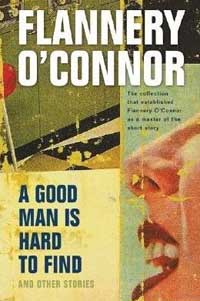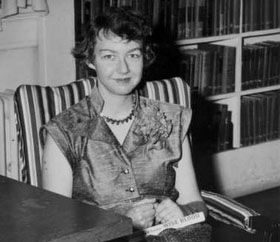
Flannery O’Connor’s short story “A Good Man Is Hard to Find” first appeared in the author’s short story collection by the same name, which was published in 1955. Since then, it has become one of O’Connor’s most highly regarded works of short fiction because it exhibits all the characteristics for which she is best known: a contrast of violent action with humorously and carefully drawn characters and a philosophy that underscores her devout Roman Catholic faith. Critics have admired the prose and the way O’Connor infuses the story with her Catholic belief about the role God’s grace plays in the lives of ordinary people. The story is disturbing and humorous at the same time — a quality shared by many of O’Connor’s other works, including her novels Wise Blood and The Violent Bear It Away.
Though the story begins innocently enough, O’Connor introduces the character of the Misfit, an escaped murderer who kills the entire family at the end of the story. Through this character, O’Connor explores the Christian concept of “grace” — that a divine pardon from God is available simply for the asking. In the story, it is the Grandmother — a petty, cantankerous, and overbearing individual — who attains grace at the moment of her death, when she reaches out to the Misfit and recognizes him as one of her own children. For O’Connor, God’s grace is a force outside the character, something undeserved, an insight or moment of epiphany. Often, however, O’Connor’s characters miss moments of opportunity to make some connection; their spiritual blindness keeps them from seeing truth.
“A Good Man Is Hard to Find” is the title story of O’Connor’s first short story collection, and, therefore, often serves as an introduction to the rest of her fiction. The story is enjoyable for its humorous portrayal of a family embarking on a vacation; O’Connor has been unforgiving in her portrayal of these characters — they are not likable. However, in creating characters that elicit little sympathy from readers, O’Connor has carefully set the premise for her main argument: that grace is for everyone, even those who seem loathsome.l
Flannery O'Connor reads her short story during a visit to Notre Dame.l



نظر